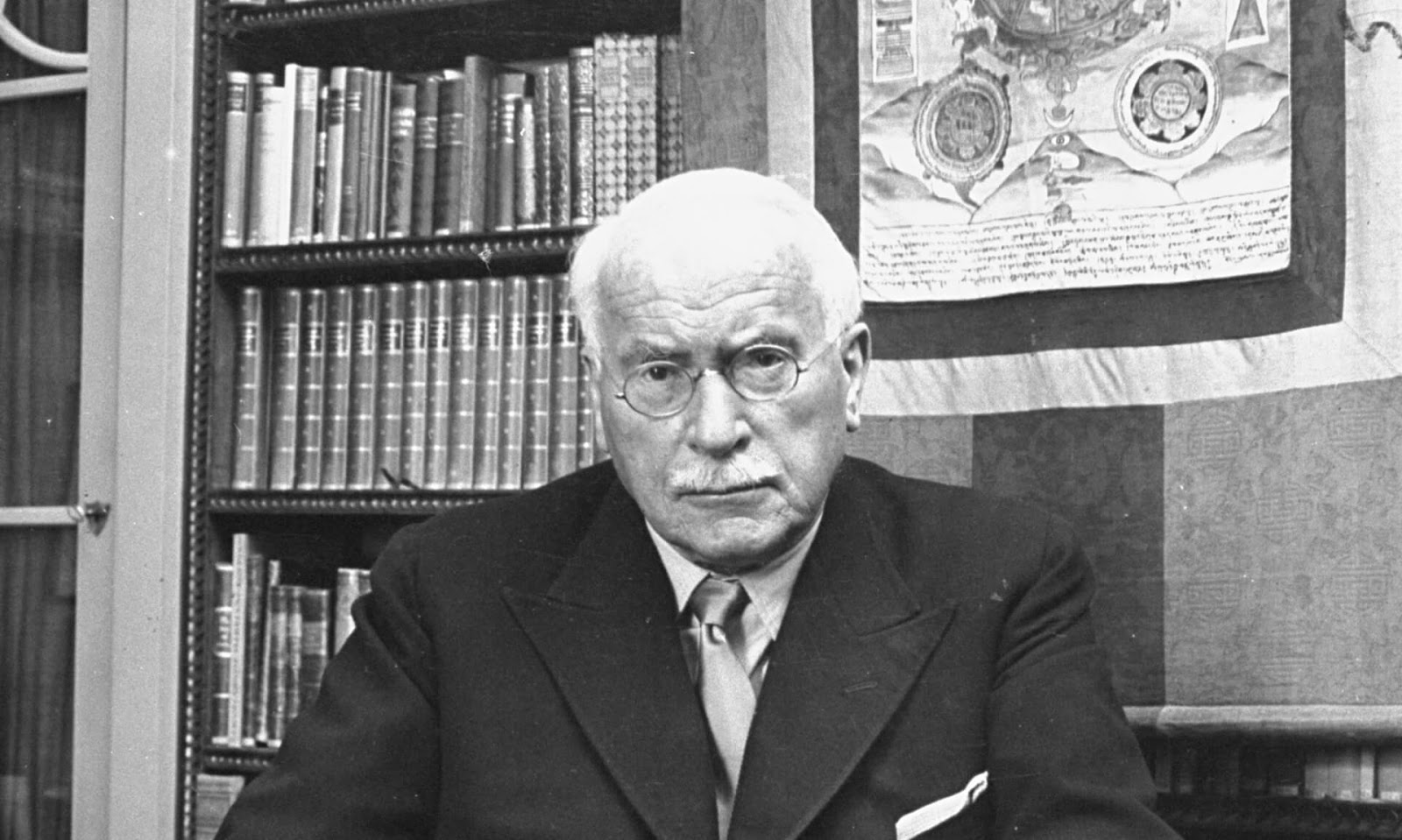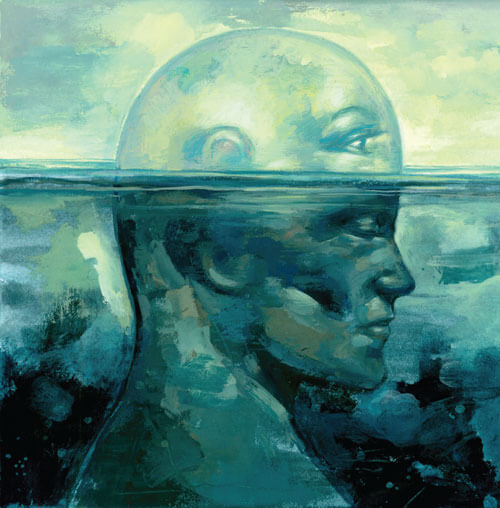Carl Jung's Personality Theory

Carl Jung's concept of the soul is a dynamic, continuous, self-regulating system that is constantly in motion. The psychic energy that keeps this system alive is libido. Jung sees the individual as a being striving for self-renewal and creative development. In the development of personality, concepts of race and lineage are significant.
Jung also attempted to classify individuals into two categories: introverted and extraverted.
Every person's personality is either introverted or extraverted. The introverted type is withdrawn and does not accept the influence of the external world. The extraverted type, on the other hand, has an open personality to the external world, with stimuli coming from the environment. Although both tendencies exist in every individual, one predominates. Jung also defined four main functions of personality:
- 1. Sensation: Perception through sensory organs (sight, hearing, perception, smell, taste).
- 2. Feeling: The ability to evaluate oneself and others.
- 3. Thinking: Understanding and comprehension.
- 4. Intuition: Perceiving the truth beyond conscious awareness.

Based on this, Jung identified eight types of introverted and extraverted personalities.
Extraverted Thinking Type: Objective thinking predominates. They spend their energy on learning and gathering information about the external world. They prefer facts over theories. This type is typically seen in engineers or doctors and can become rigid in matters of law and morality.
Introverted Thinking Type: In extreme cases, the sense of reality can be lost during self-investigation. They tend to suppress their emotions to protect themselves, showing little interest in others. They can be stubborn and proud, following their ideas internally.
Extraverted Feeling Type: Emotions dominate thoughts. Emotional reactions are variable and changeable. Their thought functions are underdeveloped, and their love can easily turn into hatred. They often evaluate situations through emotions.
Introverted Feeling Type: They hide their emotions from the external world, making it difficult to establish relationships. Despite being melancholic, they may appear self-sufficient from the outside. They may experience occasional outbursts due to intense and deep emotions.
Extraverted Sensing Type: They are practical, realistic, and action-oriented. They enjoy pleasurable and exciting things, but their emotions are superficial. They live in response to stimuli from the external world, often leading to substance abuse and sexual deviations.
Introverted Sensing Type: They prefer to avoid the external world and focus on their senses. They appear calm, passive, and controlled, with a lack of interest in feelings and thoughts. Their reactions seem disconnected from external reality.
Extraverted Intuitive Type: They have a flexible and inconsistent nature. Although they try to follow innovations, they cannot concentrate for long. Due to the sterility of thought, they act according to intuition. They unconsciously conform to social environments.
Introverted Intuitive Type: Often perceived as a difficult type to understand. They are considered geniuses in their own right. They cannot communicate with people due to their lack of connection with external reality. They live in a world of images whose meaning eludes them.
Jung's typology has been heavily criticized by those who argue that humans cannot be classified. However, Jung fundamentally believes in human uniqueness. He aims to emphasize not that individuals belong to one of these eight categories, but that attitudes and behaviors differ in conscious and unconscious levels.
Personality Structure According to Jung
According to Jung, personality consists of numerous interacting systems that are in constant interaction. These systems include ego, personal unconscious, collective unconscious, and archetypes. These interconnected systems have attitudes such as introversion-extraversion, functions such as feeling, intuition, and thinking, and ultimately, the self that constitutes the integrated personality.

- Ego: The ego is the conscious mind organization. It consists of perceptions, memories, thoughts, and emotions at the conscious level. The ego ensures the continuity of personality, identity, and consistency.
- Personal Unconscious: Adjacent to the ego, it contains experiences that have never reached consciousness or, if they have, have been suppressed due to conflict. These experiences are weak. Some parts of the personal unconscious easily reach consciousness when needed.
3. Collective Unconscious and Archetypes: The content of the collective unconscious has never been experienced consciously throughout a person's life. It carries hereditary traits. In the collective unconscious, we encounter archetypes. An archetype is a universal way of thinking that is emotionally strong and comes with inheritance. It is formed from experiences. Archetypes perceive with symbols and act accordingly. For example, the mother archetype first creates a mother symbol, then this concept becomes identified with the real mother. It is also influenced by the child's experience with his mother. Major archetypes found in the collective unconscious include:
- Persona: A mask or identity that an individual wears or assumes to gain approval from society. It is necessary for maintaining life and well-being. Our interactions with people, even when we are with people we don't like, are examples of our efforts to maintain our interests.
- Anima and Animus: Physiologically, a person is actually bisexual. Both sexes secrete hormones together, but one is secreted more than the other. Anima is the female archetype in men. It can be contradictory and disturbing to claim that a man is not completely male. According to Jung, every man has a female image from birth, and this leads to the formation of some values in that man's unconscious. The man chooses according to this, likes some women, does not feel desire for others. The first person in whom the boy reflected the anima was his mother, and in the girl, it was the father. Animus is the equivalent of anima in women. That is, the animus of women is the male archetype. Thanks to the power of animus, women can understand men.
- Shadow: Jung has named the archetype that regulates a person's relationships with people of the same sex, representing their gender, and their relationships with their own gender. The shadow is persistent. When the ego and the shadow work together, the person feels full of life. Rejecting the shadow causes the personality to become dull.


